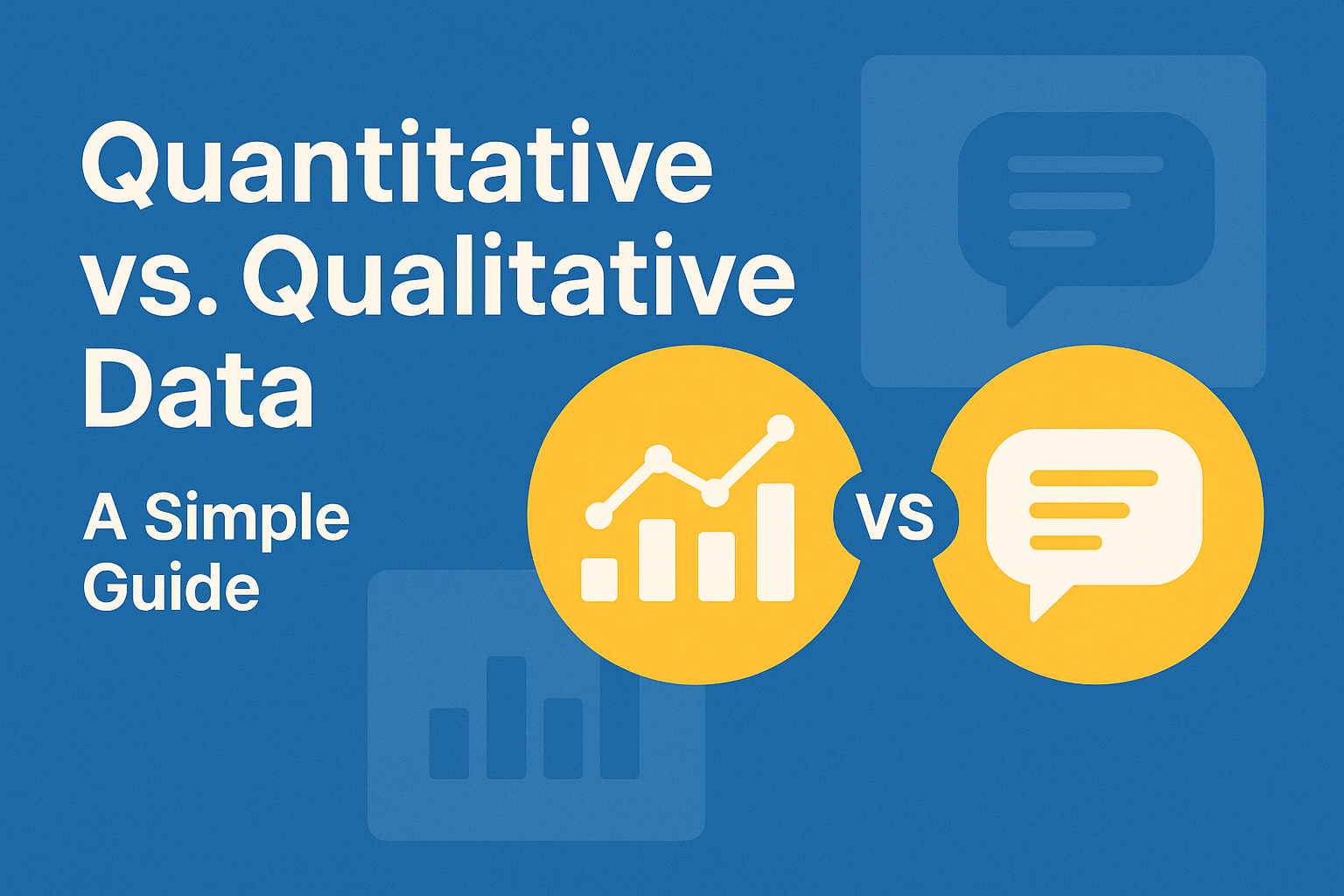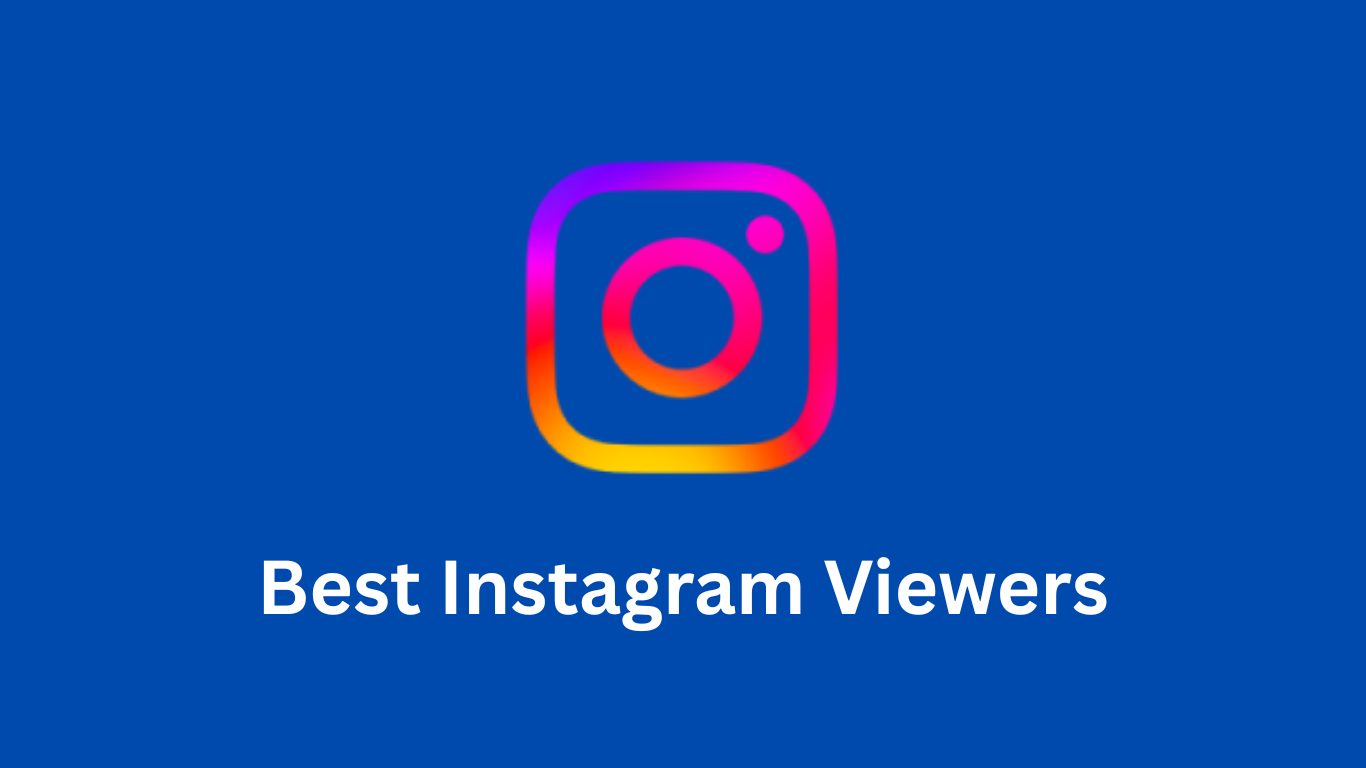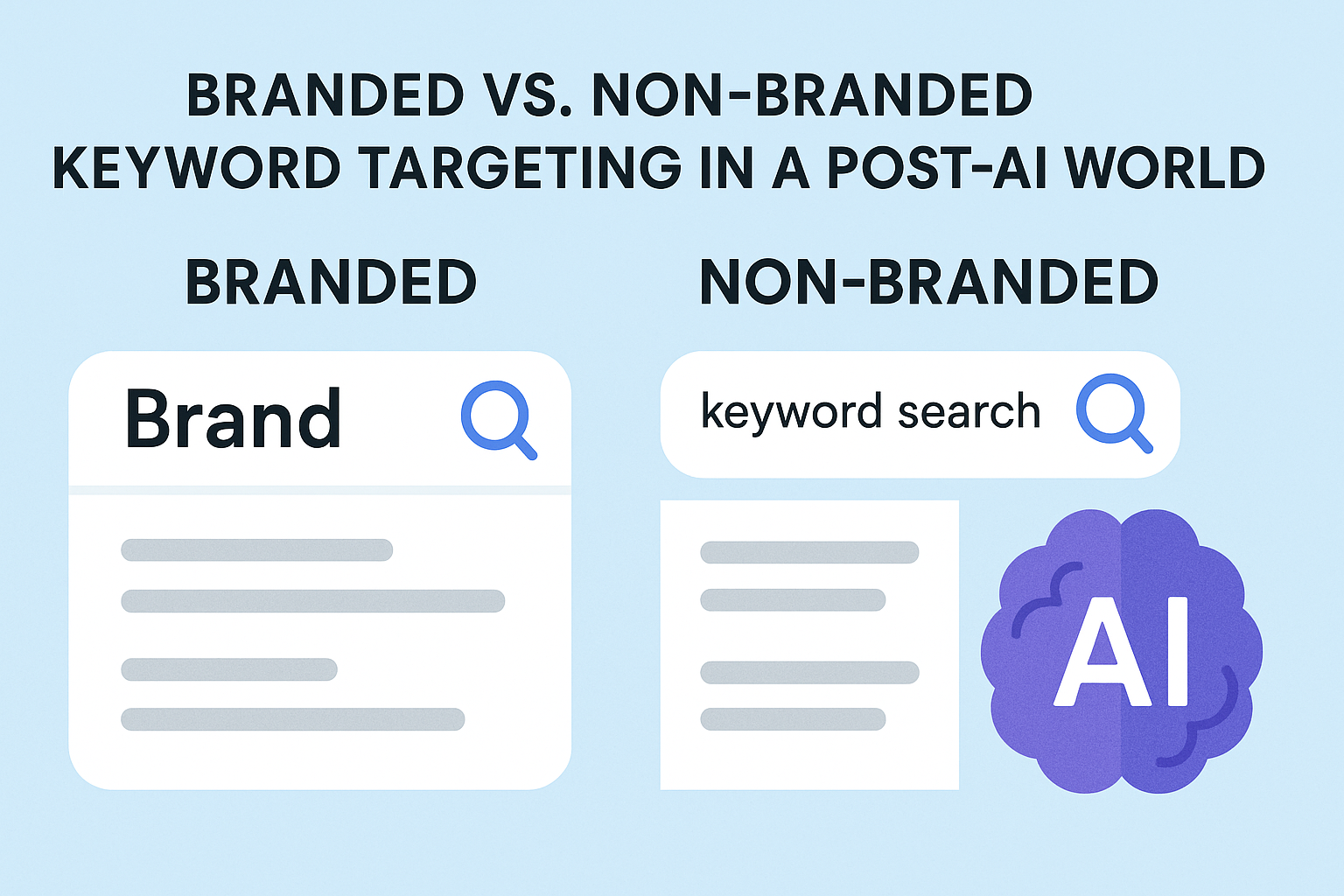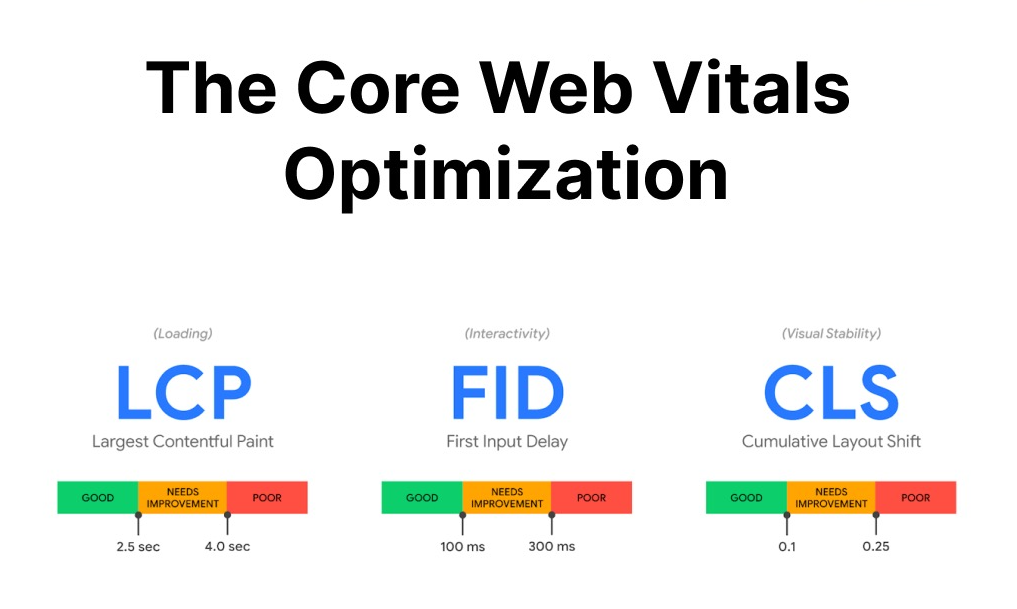
Google confirmed in May 2021 that the Core Web Vitals will become a part of Google’s Page Experience ranking signals and it will be complete by the end of August 2021.
Core Web Vitals are subject to change because year to year as user expectations and technological advancements are implemented it is pretty obvious it will also change the web pages.
What are Core Web Vitals?
The Core Web Vitals (CWV) is the initiative of Google to quantify the performance of the pages based on real-world data that is collected from CrUX (Chrome User Experience) report.
It is made up from 3 metrics:
- Largest Contentful Paint (LCP)
- First Input Delay (FID)
- Cumulative Layout Shift (CLS)
1. Largest Contentful Paint (LCP)
Largest Contentful Paint measures the time a webpage takes to show the content above the fold regardless of device (such as desktop, mobile, etc.) and it is ready for user interaction without scrolling. Pages that start loading within 2.5 seconds consider good in LCP.
2. First Input Delay (FID)
First Input Delay (FID) measures how much time a webpage takes to get interactive and the web browser is able to respond to that very first interaction. The standard time of 100 milliseconds or less is considered a good FID.
3. Cumulative Layout Shift (CLS)
The cumulative Layout Shift (CLS) metric is calculated to measure the visual stability of a web page by collecting all layout shifts that caused an annoying page experience. Web pages that get a CLS score of 0.1. or less are considered good according to this metric.
If you can improve Time to First Byte (TTFB), First Contentful Paint (FCP), Time to Interactive (TTI), and Total Blocking Time (TBT) it really helps you to achieve the minimum threshold of the core web vitals.
Page Load Time Statistics
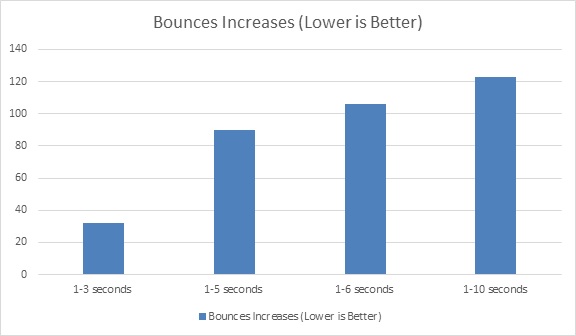
- The probability of bounce increases as the time in seconds increases.
- 1-3 seconds cause the probability of bounces to increase by 32%.
- 1-5 seconds cause the probability of bounces to increase by 90%.
- 1-6 seconds cause the probability of bounces to increase by 106%.
- 1-10 seconds cause the probability of bounces increases 123%
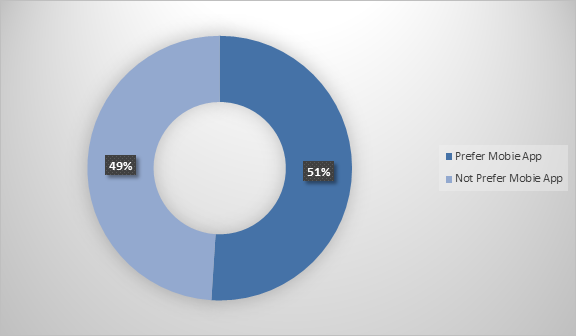
- 51% of smartphone users are more likely to use a company or brand’s mobile app when browsing or shopping on a smartphone because they can get rewards or points.
- 63% of smartphone users are more likely to purchase from companies whose mobile sites or apps offer them relevant recommendations on products they may be interested in.
- 50% of smartphone users are more likely to use a company or brand’s mobile site when browsing or shopping on a smartphone because they don’t want to download an app.
- 30% of smartphone users are more likely to use a company or brand’s mobile site when browsing or shopping on a smartphone when making a one-time purchase.
- 58% of smartphone users feel more favorable toward companies whose mobile sites or apps remember who they are and their past behavior.
- 60% of smartphone users have contacted a business directly using the search results (e.g., “click to call” option).
- 39% of smartphone users are more likely to browse or shop a company or brand’s mobile app because it’s easier or faster to make a purchase.
- For websites that meet the optimal thresholds for the 3 Core Web Vitals metrics, users saw a 22% decrease in new site abandonments and a 24% decrease in shopping site abandonments.
Bottom Line
The ultimate goal of all these efforts is to make sure users are getting the best possible experience. In that way, you can satisfy your users/customers to help them find the best things they are looking for.

The Search Engine Cage team is on a mission to educate entrepreneurs. We make things easier for the small business owner, by writing articles that help them to understand SEO and Digital Marketing.


